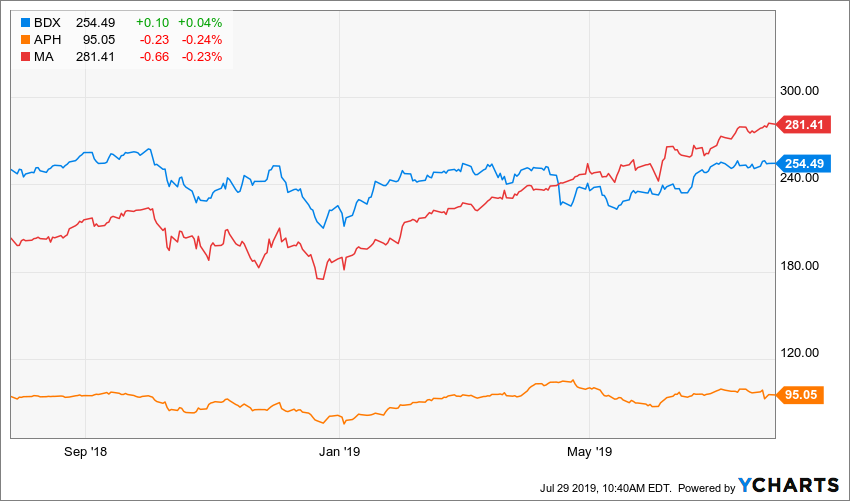By Allen Bond
As we move deeper into the longest bull run since the Great Depression, investors are reaping the benefits. This market strength has also permeated into emerging markets, and we’ve seen increasing investor enthusiasm for the asset class so far this year. But the bull run can’t last forever.
With that inevitable fact in mind, some wary investors are starting to think about positioning for a more volatile and difficult investment environment, trimming down risk exposure and looking for strategies with more downside mitigation. With any change in market volatility and sentiment, emerging markets could undoubtedly face the ramifications, and even be hit harder than developing countries. However, emerging markets provide exposure to growth based on valuable themes like the rise of the middle class, democratization of financial services and expansion of healthcare infrastructure that investors don’t want to sacrifice. The good news—investors don’t need to turn away from emerging market opportunity, it means they need to find it in a more secure way.
U.S. large cap quality growth businesses are a way into EM, without direct exposure. Large cap U.S. businesses are consistently expanding abroad in order to grow market share and typically have high barriers to entry for their services, making them a strong competitor on a global scale. Through investment in large-cap domestic companies who are growing in global markets, investors can find emerging market returns, with the added safety of a domestic quality growth stock.
Finding Emerging Market Opportunities in Global Companies
Identifying large-cap companies with a quality growth lens is critical to finding these emerging market investment opportunities. Quality factors, including competitive advantages and stable growth, are crucial for this strategy. Growth companies are forecasted to grow at an above average rate when compared to their competitors and the market. Investment in large-cap quality growth companies leads to true emerging market exposure with another layer of protection, as their geographic exposure is additive to their existing business model, as opposed to the core driver.
Factors to consider when looking for these companies include the health of their respective domestic and international footprints. Most often, these companies are expanding their existing brand and profile into markets where they see economic growth and opportunity, but maintaining their core business and offering in those major markets where business is already thriving. Businesses that are pursuing global expansion usually leverage existing infrastructure as well, so paying attention to what a business already has in place can help to inform an investors’ assessment of a company.
Global Expansion, Local Security
Despite an investor’s best efforts to vet the emerging market opportunities they select to insulate themselves from unnecessary risk, as we know, the markets are unpredictable. Over the long-term, quality growth companies can withstand these market swings given their durability through cycles. In EM, companies are more at the whim of the swings of the global economy, and therefore their local market and currency.
Take Becton Dickinson (BD) for example. As a leading global supplier of needles and syringes, their business is flourishing in emerging markets. The reasons behind this growth are two-fold—strategic acquisitions have helped position them for growth and health care infrastructure throughout the world is becoming a focus for governments and consumers alike. Beyond the growth and scale of their business in established markets, Becton Dickson has seized the opportunity to expand their market share, leading to 15 percent of their sales coming from emerging markets with footholds throughout the globe from the Middle East to Asia.
There are also those global companies that provide an emerging market opportunity—though less intuitive—like Amphenol (APH). As a company that makes electronic connectors that power devices like cell phones and industrial automation applications, they are always one to two steps removed from their end customer. Their emerging market exposure comes from their supply chain, with close to 30 percent of their sales stemming from China. This uniquely positions them from a competitive advantage standpoint, both in cost and geographic proximity.
Mastercard (MA) is another example of an emerging market opportunity through a difference lens. Though the company has faced some regulatory roadblocks in countries like China and India, there is still growth in these markets due to business travel and tourism revenue. In addition, expanded access to banking and digital payments has opened up a new universe of opportunity for the financial provider. Today, business owners can accept electronic payments by simply downloading an app on their phone, and these technology advancements are enabling Mastercard to reach new customers throughout the world.

Political Pressures Come into Focus
An increase in tariffs and sanctions on emerging markets throughout the globe have also caused concern for investors. That said, while these regulations have caused some short-term volatility, ultimately, these pressures are transitory, rather than systemic. If you’re looking closely to see the extent of impact, look at their overall growth strategy over the past year and see if they still have the same commitment to expansion.
Apple is a good example. While it has come under fire for slowed growth in sales in China in recent months, Apple continues to expand workforces and regional specific go-to-market strategies, underpinning our confidence that they will remain committed and successful in this emerging market.
Sticking to It
Ultimately, finding an investment strategy that focuses on quality and security doesn’t mean that investors have to sacrifice attractive opportunities. By focusing on quality growth US stocks with a global presence, an investor will get the best of both worlds in terms of risk exposure and returns.
That way, when the market does turn, they’re better positioned to mitigate downside risk, while also having participated in the benefits of the growth environment while the party lasts.
Allen Bond is Portfolio Manager at Jensen Investment Management





